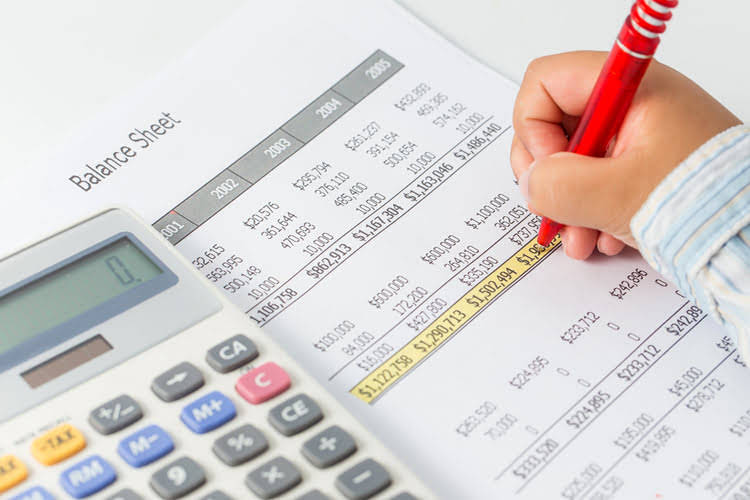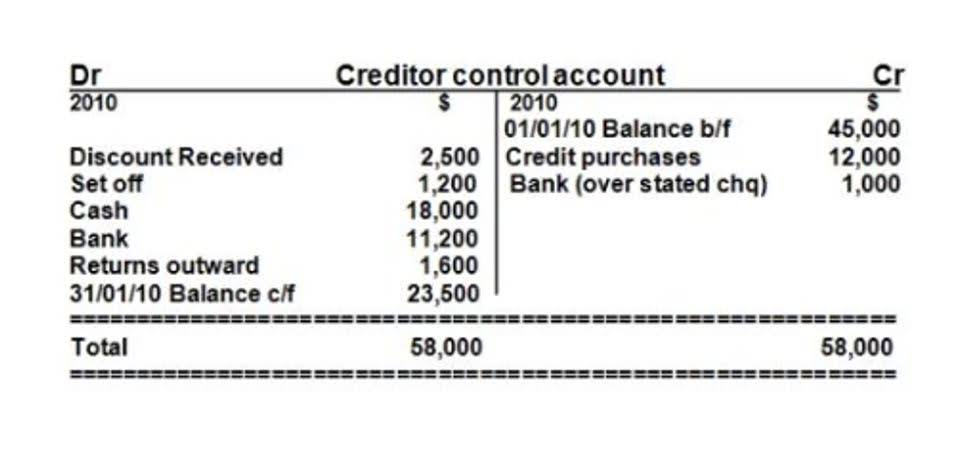
On the other hand, liabilities are the total of current liabilities (short-term liabilities) and long-term liabilities. Current liability comprises debts that require repayment within one year, while long-term liabilities are liabilities whose repayment is due beyond one year. The interpretation of whether a company’s total equity is “high” or “low” depends on several factors, including industry norms, the company’s historical performance, and its ability to generate returns. Through years of advertising and the development of a customer base, a company’s brand can come to have an inherent value.

Relevance and Uses of Shareholder’s Equity
- This equity can be seen as the “net worth” of the company from a financial statement perspective.
- Investors and analysts look to several different ratios to determine the financial company.
- Any company with an equity ratio value that is .50 or below is considered a leveraged company.
- When an investment is publicly traded, the market value of equity is readily available by looking at the company’s share price and its market capitalization.
- Debt is a liability whether it’s a long-term loan or a bill that’s due to be paid.
- If used in conjunction with other tools and metrics, an investor can accurately analyze the health of an organization.
- The interpretation of whether a company’s total equity is “high” or “low” depends on several factors, including industry norms, the company’s historical performance, and its ability to generate returns.
Conversely, business decline or financial challenges can have a negative impact on equity as it may result in reduced revenues, losses, and asset write-downs. Let’s say Company A has $5 million in total assets and $1 million in total liabilities. With this solid equity base, the company can expand, take risks, and generate investor confidence. A high equity value may also be a signal of profitability and a history of reinvestment into the total equity formula business.

Example of Shareholders’ Equity Calculation
- The company’s liquidation value is affected by the asset values of physical things like equipment or supplies.
- The accounting equation is also known as the basic accounting equation or the balance sheet equation.
- These calculations highlight how the equity formula helps determine a company’s financial health and inform investment decisions.
- It represents the ownership claim on the company’s assets and can be considered as the value that the owners or shareholders have invested in the business.
- Current assets can include cash, investments, accounts receivable, and inventory, while non-current assets can include property, plant, and equipment, as well as intangible assets.
- If this figure is negative, its liabilities exceed its assets; this can deter investors who view such companies as risky.
In simpler terms, it’s the value left for shareholders if a company paid off all its debts. For instance, a company with a large average total equity relative to its market capitalization may be undervalued, suggesting a potential investment opportunity. Changes in balance sheet accounts are also used to calculate cash flow in the cash flow statement. For example, a positive change in plant, property, and equipment is equal to capital expenditure minus depreciation expense.
Ownership Reflection & Business Valuation

The total amount of all assets will always equal the sum of liabilities and shareholders’ equity. Assets represent the valuable resources controlled by a company and liabilities represent its obligations. Both liabilities and shareholders’ equity detail how the assets of Certified Public Accountant a company are financed. It will show as a liability if it’s financed through debt but in shareholders’ equity if it’s financed through issuing equity shares to investors.

What Is Equity and How Do You Calculate It for Shareholders? Here’s What You Need to Know.
This article will discuss how to calculate equity for shareholders in detail. Almost everyone understands home equity — this private equity is the percentage of your home you own after paying down your mortgage. More technically, it’s the value of an asset, like property, minus its liabilities, like debt. Liabilities are debts that a company owes and costs Accounting For Architects that it must pay to keep running.
